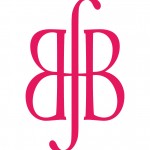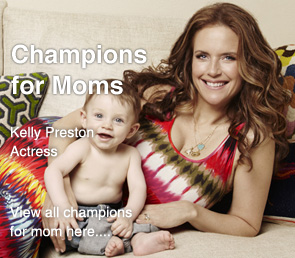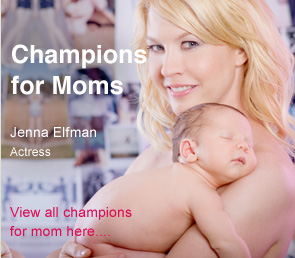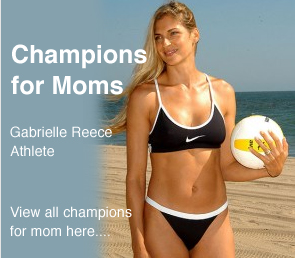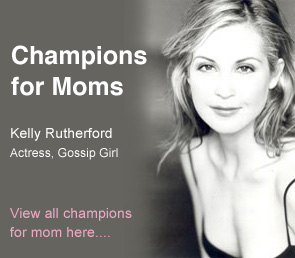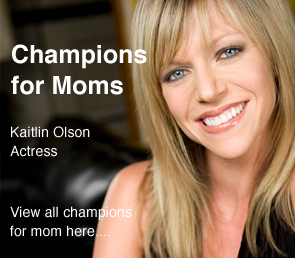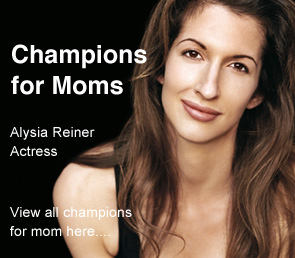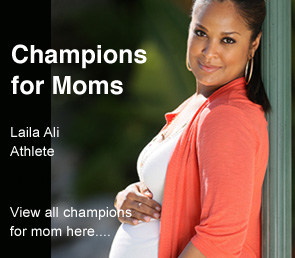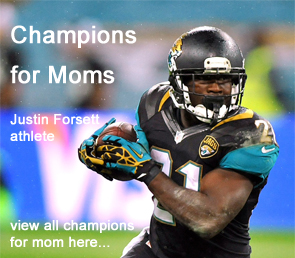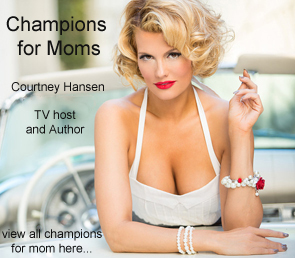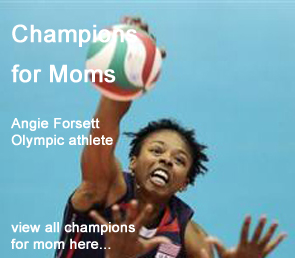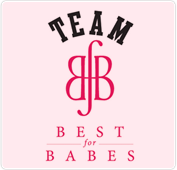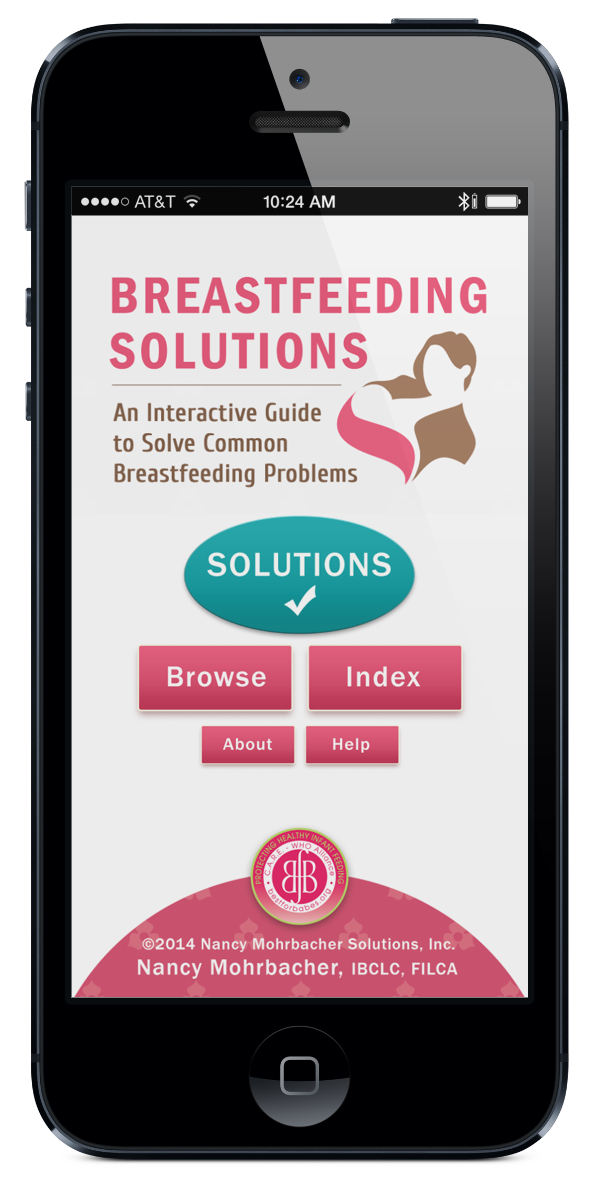The Protection Under Our Noses
Breast cancer is the leading cause of death in women ages 30-50 and the second leading cause for women of all ages. It is also somewhat preventable. Along with exercise and eating healthy, breastfeeding is a risk-lowering behavior that everyone should be supporting. Yet, too many breast cancer organizations talk about the importance of diet, exercise, and removing toxins from our environment, but leave breastfeeding and human milk out of the conversation, or marginalize it.
At Best for Babes, we are devoted to putting the Protection Under Our Noses front-and-center in our fight for wellness and health so that we can maximize our ability to put this breast-snatching disease and other devastating epidemics, back to “normal” occurrence levels. We are putting the glam, the funding and the focus, into PREVENTION, PROTECTION and THRIVING — with human milk and breastfeeding at the forefront. Given breastfeeding’s risk-lowering effect on so many diseases, including breast cancer, it’s simply stunning that breastfeeding and human milk -the undisputed foundation of human health — is not already the most well-endowed Cause of all!
So what are the facts about the breastfeeding/breast cancer connection?
- Breastfeeding is one of two “lifestyle factors” that is associated with “convincing decreased risk” of breast cancer for all women (family history or not) — exercise is the other.(1)
- Breastfeeding is associated with up to a 28% decrease in risk of developing breast cancer at any age (pre- or post-menopausal) for women without a family history of the disease, who breastfed for 12 months or longer. (2)
- For women with a family history of breast cancer, breastfeeding is associated with 59% reduced risk of developing premenopausal breast cancer –that’s more than half! (3)
- For every 12 months of breastfeeding, a woman can lower her breast cancer risk by 4.3% This is cumulative, so that a mother who has two children and breastfeeds each for 2 years can realize a 17.2% reduction! (4) Some scientists speculate that this is one reason why, in developed countries with lower rates and duration of breastfeeding (like the U.S.), we also see higher rates of breast cancer.
- Four Breasts for the Price of Two: Your baby girl’s risk of developing breast cancer in her lifetime is lowered by 26%-31% if she is breastfed! (5)
- Babies are born “hot” with estrogen from their mother (i.e, enlarged genitals) and breastfeeding may have a “cooling” effect that facilitates normal breast-bud development in infancy, reduces the exposure to excessive hormones early in life, and “may have long-term health benefits for hormone-dependent diseases.” Growing evidence suggests that not breastfeeding or using soy-based formulas explains why baby girls have an increased risk of hormone-fueled (hormone-positive) breast cancer later in life. (6)
- Breastfeeding’s associated protection against being obese and overweight — major risk factors in adult diseases — buys your baby girl or boy extra protection against developing certain cancers as an adult. (7)
Excerpted from our plea to Breast Cancer Orgs: Please Include the Protection Under Our Noses.
Our goals for raising awareness of breastfeeding’s critical role in lowering breast cancer risk:
Using our non-judgmental, positive, evidence-based approach, we’re creating a space and a place for breastfeeding in the public’s awareness of breast cancer. Let’s provide breast cancer organizations with encouraging language that empowers and gently educates their members and followers: a simple message such as:
“Along with a healthy diet, a toxin-free environment and regular exercise, breastfeeding can reduce your and your baby daughter’s risk of breast cancer. If you are planning on starting a family or are currently expecting, the (name of breast cancer) organization strongly recommends that you get the facts about how to get off to a good start with breastfeeding, and arm yourself with the resources to overcome any challenges and beat any booby traps™. The longer you breastfeed, the better for you and your baby, but any breastfeeding is better than none! In the abscence of breastfeeding, pumped or donated human milk is the next best substitute. “
Let’s also make sure that breast cancer organizations have resources for breastfeeding beyond breast cancer -- a significant study was just released giving the OK on this one. Let’s make sure they provide resources and information for expecting and new moms who have mastectomies and can’t breastfeed- like Jamie Thomas — to make safe donor milk available and how to nurture skin-to-skin and supplement at the breast/chest. We started a fund just for this purpose. www.bestforbabes.org/miracle-milk-fund.
Let’s recognize and reward those organizations that share our vision and are truly investing in PREVENTION, groups like the Breast Cancer Fund , whose mission is to eliminate the environmental causes of breast cancer- YEAH! We’re creating the first-ever alliance of breast cancer organizations who partner with us and working with them to cross-promote and fundraise for our common ground.
Best for Babes Breast Cancer Organization Alliance-coming soon!
It’s time to include more true prevention in the breast cancer conversation so that we don’t take one more step closer toward normalizing the “Protection That Used to Be Under Our Noses.”
What you can do to help us take our Cause to the Next Level:
Make a donation to support the Mother of All Causes – $5, $10, $20 any amount enables our tiny nonprofit to continue to do the groundbreaking work we do. Click here to donate;
Send a link to this page to your local or national breast cancer organization(s) and ask that they include a simple message, like the one above, in their printed and online materials on “How to Lower Your Breast Cancer Risk”. Send us an email containing the name of the organization and their contact info once you have done so so that in exchange, Best for Babes will recognize and list them on our Breast Cancer Alliance & Resources page as being a trusted resource for breast cancer prevention.
Join or Support Team Best for Babes this month: donate to Team BFB at the Marine Corps Marathon — we are the first breastfeeding charity team to officially partner with a major marathon!, to Team Operation Lactation Freedom and their Special Dad Forces ![]() –a military team on a mission to let freedom ring at a race in Georgia, or to Team Divas Run for Breastfeeding — led by a pediatrician! Or start your own Team!
–a military team on a mission to let freedom ring at a race in Georgia, or to Team Divas Run for Breastfeeding — led by a pediatrician! Or start your own Team!
Shop our Store!
References:
1. World Cancer Research Fund and American Institute for Cancer Research. Food, Nutrition, Physical Activity, and the Prevention of Cancer: A Global Perspective Washington DC: AICR 2007 http://www.dietandcancerreport.com
2. http://archive.ahrq.gov/clinic/tp/brfouttp.htmf
3. Stuebe, Alison M., Willet, Walter C., et. al. Archives of Internal Medicine. 2009; 169(15):1364-1371. http://archinte.ama-assn.org/cgi/content/abstract/169/15/1364
4. Collaborative Group on Hormonal Factors in Breast Cancer. Lancet. 2002 Jul 20; 360: 187-95 http://www.ncbi.nlm.nih.gov/pubmed/12133652
5. Freudenheim J.L., et al. Exposure to breastmilk in infancy and the risk of breast cancer. Epidemiology. 1994 May; 5(3): 324-31.
6. Zung A, et al. Breast development in the first 2 years of life: an association with soy-based infant formulas. J Pediatr Gastroenterol Nutr. 2008 Feb;46(2):191-5; Setchell KD, et al. Isoflavone content of infant formulas and the metabolic fate of these phytoestrogens in early life. Am J Clin Nutr. 1998 Dec;68(6 Suppl):1453S-1461S.
7. World Cancer Research Fund and American Institute for Cancer Research. Food, Nutrition, Physical Activity, and the Prevention of Cancer: A Global Perspective Washington DC: AICR 2007 http://www.dietandcancerreport.com



